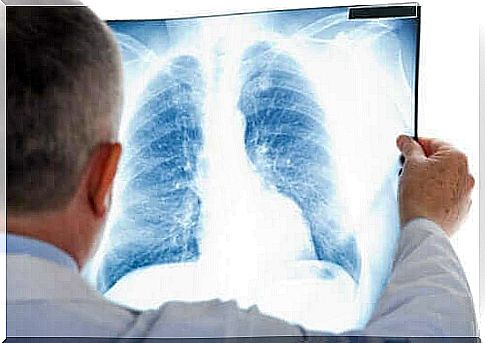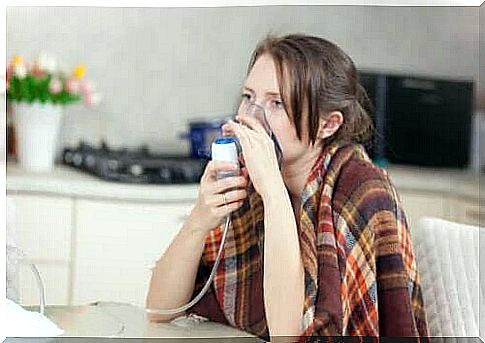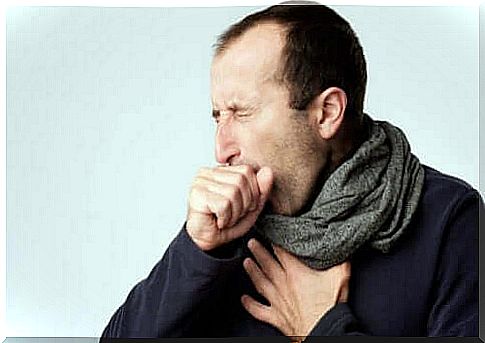What Is Cold Pneumonia?

Pneumonia is a word that medically refers to an infection of the lungs caused by a virus or bacterium. It is actually a term which refers to many different ailments. Doctors therefore usually divide it into two groups: atypical (cold pneumonia) and typical.
The group of cold pneumonia was thus named initially to refer to the cases caused by different and less common bacteria than those of typical pneumonia. Nowadays, however, doctors also use it to describe the differences in symptoms between the two.
Cold pneumonia is primarily caused by Mycoplasma pneumoniae followed by other atypical bacteria as well. Outbreaks appear to be exacerbated during the autumn and winter. In this article, we will explain everything you need to know about this disorder and how to identify it.
What Causes Cold Pneumonia?
As we mentioned, cold pneumonia is a lung infection caused by less common viruses and bacteria. The majority of cases occur in the fall and winter.
Although the most common cause is an infection with M. pneumoniae, other bacteria can also cause this disorder. The bacteria most associated with it are: Coxiella burnetii, Legionella pneumophila, Chlamydia pneumoniae and Chlamydia psitacci.
As a general rule, cold pneumonia is often milder than the usual one. However, when it is caused by Legionella, there can be complications and it has a higher mortality rate.
We should mention that in many cases, this type of pneumonia can arise from a cold that lasts for more than seven or ten days. For example, a cold caused by a respiratory syncytial virus that is not properly cured.

You may also like: Why do we cough? Causes and prevention
What symptoms does it cause?
Another major difference between atypical and typical pneumonia is the clinical symptoms. They will largely depend on the area of the lung where the infection sits. That is, if it is in the upper part of the lungs, there will be greater difficulty in breathing.
There are most common symptoms of colds and flu such as fever around 38ºC and tremors. Likewise , one can experience sore throat or headache and even pain in the ears or chest. Since there is general discomfort, one may in some cases experience loss of appetite and vomiting.
The cough of cold pneumonia is most importantly a dry cough. This means that it is usually not accompanied by mucus. In addition, breathing is often difficult and fast.

How do doctors treat and diagnose cold pneumonia?
To diagnose cold pneumonia, it is essential that doctors know all the symptoms. In addition, you should have a complete physical examination, including listening to the lungs. That way, they will be able to listen to the sounds that the lungs make when you breathe.
When it comes to cold pneumonia, there are usually hissing noises when breathing. It sounds like the wind. Sometimes they will also be able to do an X-ray of the lungs as they often reveal the infection.
Since the majority of the causes are bacteria, the most common treatment is antibiotics. If the infection is not very severe, you can take them orally for seven to ten days. It is important to note that cold pneumonia can be contagious in some cases.
For this reason, we recommend that you avoid contact with others and take appropriate hygiene measures. When experiencing warning symptoms, it is important to go to a doctor to learn about the possible treatments. That way, you can avoid taking antibiotics without a prescription.









